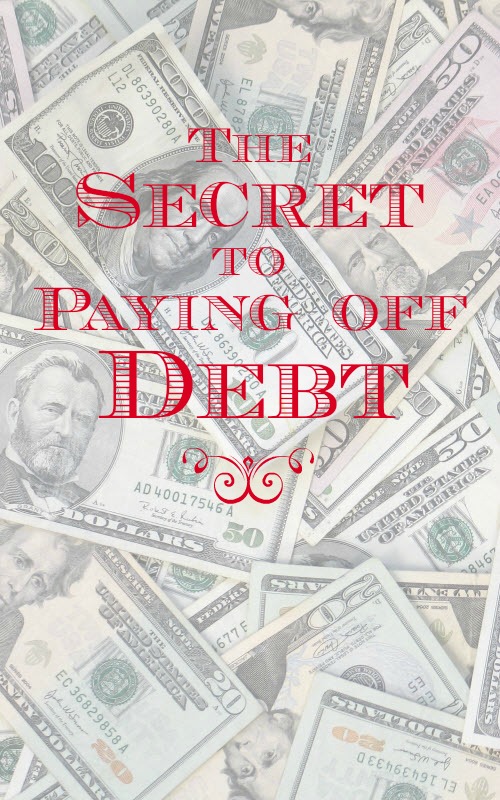Debt snowball, avalanche or consolidation, which is the secret ingredient to finally paying off your debt?
Being debt free is the foundation of financial freedom. Once you’re free of debt you can begin to actively invest and build the assets that will enable you to retire, whether you’re aiming for early retirement or not. So, what’s the best way to tackle your debt? Here are the three key methods for reducing your debt.
Related Post: Debt Reduction Calculators
Table of Contents
Debt Repayment Methods
- Debt Avalanche
- Debt Snowball
- Debt Consolidation
Debt Avalanche
According to Investopedia, the debt avalanche method involves paying off your debt with the highest interest first and paying only the minimum repayment on all other debts until the first debt is cleared. Once that first debt is paid in full you then apply that payment amount to the next highest interest debt, and then the next until they’re all paid off.
Using the debt avalanche method ensures you pay the least amount of interest on your debt. If you’d like to run the numbers for yourself, check out the debt avalanche calculator on Jean Chatzky’s site.
Debt Snowball
The debt snowball method is most often attributed to Dave Ramsey. Dave is very enthusiastic in his support of this debt repayment method. The debt snowball approach results in quick wins as you aim to pay off your smallest debt first. Once your smallest debt is gone, you start on the next smallest debt and work your way up to your highest debt, regardless of the interest rate each debt attracts. The reason for tackling your smallest debt first is more behavioural than mathematical: you see results more quickly and that motivates you to continue. If you’re curious about setting up a debt snowball plan, you can use this calculator.
Related Post: Demolishing Credit Card Debt
Debt Consolidation
“The combining of several unsecured debts into a single, new loan that is more favorable”, Investopedia. This method is most often used when you’re struggling with high interest consumer debt. If you’re disciplined, it can help you get your finances under control. If you’re not, it’s a recipe for disaster. This method will give you some short term relief but it will not help you if you’re still acquiring debt.
Related Post: How to Fix Your Budget When it isn’t Working
You might also enjoy reading:
- Your debt relief plan: face your debt, make a plan & eliminate debt forever
- Quick Tips for Demolishing Your Credit Card Debt
- Bad Financial Habits and How to Break Them
- The Power of the Side Hustle
- The Top 5 Online Debt Reduction Calculator
What is the Secret to Paying Off Debt?
The secret is there’s no right or wrong way to pay off your debt, you just need to be consistent. Not surprisingly, the best debt repayment method or plan is the one that works best for you. If you can muster up the discipline for the long haul, the avalanche method will be the one that saves you the most in interest payments over the repayment period. If you think you’ll need to feel the rush of paying off a debt quickly, then you’ll benefit most from the debt snowball method.
Research by the Kellogg School of Management has shown the debt snowball approach to be the most successful because , according to David Gal, “We found that closing debt accounts — Independent of the dollar balances of the closed accounts—predicted successful debt elimination at any point in the debt settlement program”. It seems it’s not just your debt repayments that snowball but your motivation, too.
What’s your preferred method of paying down debt? Why?
